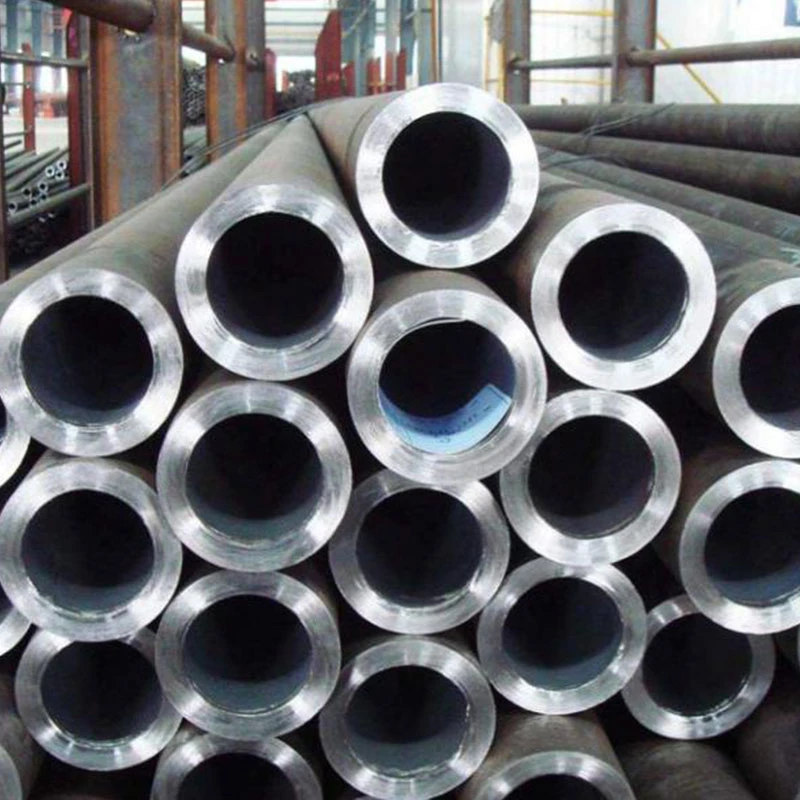-
Cangzhou Yulong Steel Co., Ltd.
-
Phone:
+86 13303177267 -
Email:
admin@ylsteelfittings.com
- English
- Arabic
- Italian
- Spanish
- Portuguese
- German
- kazakh
- Persian
- Greek
- French
- Russian
- Polish
- Thai
- Indonesian
- Vietnamese
- Zulu
- Korean
- Uzbek
- Hindi
- Serbian
- Malay
- Ukrainian
- Gujarati
- Haitian Creole
- hausa
- hawaiian
- Hebrew
- Miao
- Hungarian
- Icelandic
- igbo
- irish
- Japanese
- Javanese
- Kannada
- Khmer
- Rwandese
- Afrikaans
- Albanian
- Amharic
- Armenian
- Azerbaijani
- Basque
- Belarusian
- Bengali
- Bosnian
- Bulgarian
- Catalan
- Cebuano
- China
- China (Taiwan)
- Corsican
- Croatian
- Czech
- Danish
- Esperanto
- Estonian
- Finnish
- Frisian
- Galician
- Georgian
- Kurdish
- Kyrgyz
- Lao
- Latin
- Latvian
- Lithuanian
- Luxembourgish
- Macedonian
- Malgashi
- Malayalam
- Maltese
- Maori
- Marathi
- Mongolian
- Myanmar
- Nepali
- Norwegian
- Norwegian
- Occitan
- Pashto
- Dutch
- Punjabi
- Romanian
- Samoan
- Scottish Gaelic
- Sesotho
- Shona
- Sindhi
- Sinhala
- Slovak
- Slovenian
- Somali
- Sundanese
- Swahili
- Swedish
- Tagalog
- Tajik
- Tamil
- Tatar
- Telugu
- Turkish
- Turkmen
- Urdu
- Uighur
- Welsh
- Bantu
- Yiddish
- Yoruba

Dec . 11, 2024 11:17 Back to list
3d pipe bend
Understanding 3D Pipe Bends Design, Applications, and Manufacturing
In the realm of piping systems, 3D pipe bends are critical components that facilitate the change of direction in pipe runs without causing excessive pressure loss or turbulence. They are commonly used in industrial plants, chemical processing, oil and gas transportation, and many other applications where fluid flow needs to be efficiently directed. This article delves into the design, applications, and manufacturing of 3D pipe bends, shedding light on their importance in various industries.
Design Considerations
The design of 3D pipe bends is influenced by several factors, including the type of fluid being transported, the pressure and temperature of the system, and the overall layout of the piping network. A 3D bend means that the radius of the bend is three times the nominal diameter of the pipe. This larger radius is beneficial because it minimizes pressure drop and allows for smoother flow transitions.
When designing a 3D bend, engineers must consider the bending method, the material of the pipe, and the specific requirements of the application. Numerical simulations, such as Computational Fluid Dynamics (CFD), are often utilized to analyze flow characteristics and ensure optimal performance. Furthermore, industry standards—such as those from the American Society of Mechanical Engineers (ASME) or the International Organization for Standardization (ISO)—guide engineers in creating safe and reliable pipe bend designs.
Applications
3D pipe bends find extensive applications across various sectors. In the oil and gas industry, they are crucial for connecting pipelines that transport crude oil, natural gas, and other hydrocarbons over long distances. The ability of 3D bends to maintain flow integrity makes them indispensable in these high-pressure environments.
In the chemical processing industry, 3D bends are used in reactors, heat exchangers, and other equipment where precise fluid flow is necessary. The chemical nature of the fluids often requires the use of specific materials such as stainless steel, carbon steel, or high-performance alloys, depending on the corrosiveness and temperature characteristics of the fluids being handled.
Furthermore, in HVAC systems, 3D pipe bends are integral to directing airflow efficiently, which is crucial for maintaining indoor air quality and temperature control in residential and commercial buildings. Their versatility allows for complex routing without significant losses in system performance.
3d pipe bend

Manufacturing Techniques
The manufacturing of 3D pipe bends involves several techniques, primarily depending on the material and the diameter of the pipes. Common methods include bending, welding, and forming.
1. Pipe Bending This process uses machines that apply force to bend the pipe into the desired shape. The bending can be achieved through methods such as rotary draw bending or ram bending. Each technique has its advantages, with rotary draw bending being particularly suitable for tighter radii and more complex shapes.
2. Welding For larger pipe systems or specialized applications, multiple segments of pipes may be welded together to create a bend. This is often necessary in heavy-duty applications where high strength and durability are required.
3. Forming In some cases, straight pieces of pipe can be heated and then shaped into curves using molds or dies. This method is beneficial for producing large quantities of uniformly shaped bends.
Manufacturers often employ quality control techniques to ensure the integrity and performance of the bends. Non-destructive testing (NDT) methods, such as ultrasonic testing or radiography, are applied to detect any flaws that could compromise structural integrity.
Conclusion
3D pipe bends play a pivotal role in fluid transport across diverse industries. Through careful design and consideration of manufacturing techniques, these components ensure that piping systems function efficiently and safely. As industries evolve and the demand for more complex piping systems grows, the development and refinement of 3D pipe bends will continue to be at the forefront of engineering innovation. Emphasizing quality and adherence to industry standards, manufacturers will be instrumental in supporting the ongoing evolution of piping technology, ultimately sustaining the operational needs of modern infrastructure.
Latest news
-
ANSI 150P SS304 SO FLANGE
NewsFeb.14,2025
-
ASTM A333GR6 STEEL PIPE
NewsJan.20,2025
-
ANSI B16.5 WELDING NECK FLANGE
NewsJan.15,2026
-
ANSI B16.5 SLIP-ON FLANGE
NewsApr.19,2024
-
SABS 1123 FLANGE
NewsJan.15,2025
-
DIN86044 PLATE FLANGE
NewsApr.19,2024
-
DIN2527 BLIND FLANGE
NewsApr.12,2024
-
JIS B2311 Butt-Welding Fittings LR/SR 45°/90° /180°Seamless/Weld
NewsApr.23,2024











